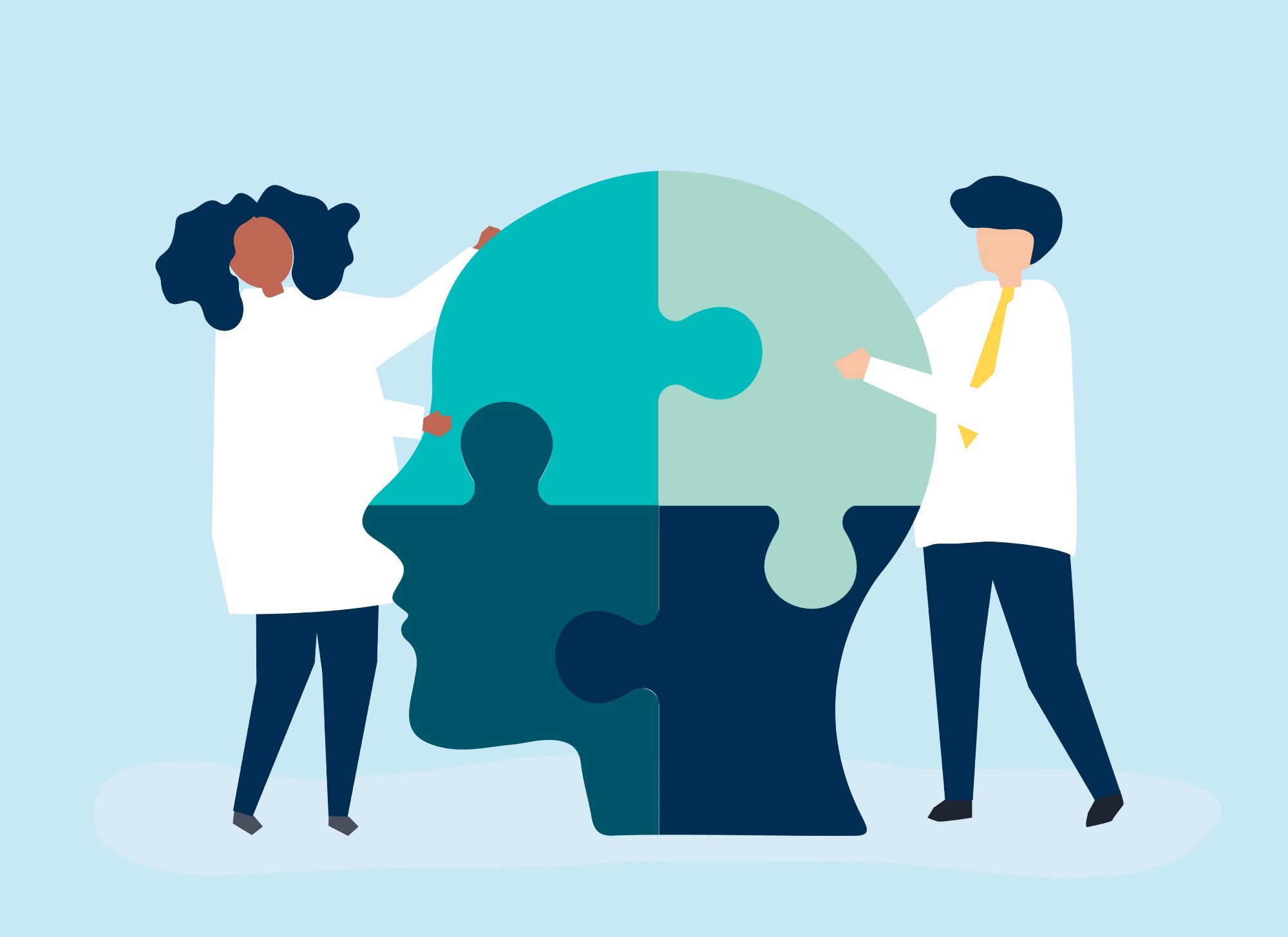In a recent study published in the JAMA Health Forum, researchers explored the utilization rates of mental health services among adults during the coronavirus disease 2019 (COVID-19) pandemic.
 Study: Mental Health Service Utilization Rates Among Commercially Insured Adults in the US During the First Year of the COVID-19 Pandemic. Image Credit: Rawpixel.com/Shutterstock
Study: Mental Health Service Utilization Rates Among Commercially Insured Adults in the US During the First Year of the COVID-19 Pandemic. Image Credit: Rawpixel.com/Shutterstock
Background
In a general year, one in five American individuals suffers from a mental disorder. In 2020 and 2021, just half of these 50 million persons were treated with mental health therapies owing to staffing and other capacity limitations. Although the incidence of therapy for mental illnesses, including anxiety and depression, has been progressively rising, the COVID-19 pandemic can potentially disrupt this progress in a minimum of three ways.
First, the incidence of mental diseases dramatically rose between 2020 and 2021. Second, the capacity of contracted health institutions to provide in-person, non-emergency treatment, especially in the initial months of the epidemic. Thirdly, health systems have fostered the spread of telehealth services, particularly mental health outpatient treatment. In light of these patterns, it is unclear how the national usage of mental health services for specific illnesses has changed during the pandemic in comparison to pre-pandemic levels.
About the study
In the present study, researchers examined the utilization of mental health services among US individuals from January to December 2020.
In this cohort research, the team analyzed weekly medical claims submitted by commercially insured persons aged over 18 years from 5 January to 21 December 2020 in order to compare mental health treatment consumption prior to and after the COVID-19 pandemic began in the United States. Since the usage trends, sources of care, and prevalence of these services are likely to vary between adults and children, the study was therefore confined to adults.
To retain adequate cell size for anonymity, medical claims were categorized as per the International Statistical Classification of Diseases and Related Health Problems (ICD)-10 primary diagnostic codes for mental illnesses at the three- and four-digit levels. These conditions included major anxiety disorders, depressive disorder, bipolar disorder, post-traumatic stress disorder (PTSD), and adjustment disorder. The team determined the weekly proportion of persons per 10,000 beneficiaries at the county level in the United States who were treated with the services assigned to each of the code groups. The period from 5 January to 13 March 2020, when COVID-19 was proclaimed a national health emergency, the pre–COVID-19 period, and the dates after 13 March as the post–COVID-19 period.
To examine demographic disparities in service consumption rates, distinct service utilization rates were created by patient age group, gender, and method of service delivery. Furthermore, the team correlated the patient's address to demographic characteristics, such as the proportions of the adult individuals that were Black, White, or Hispanic, the weekly incidence of COVID-19 infections per 10,000 people, the monthly unemployment rate, and the rurality of the county.
Results
The study cohort comprised 5,142,577 persons with commercial insurance. Before the national declaration of a public health emergency, the mean weekly usage rates of mental health services among adults varied between 4.83 to 23.28 per 10,000 beneficiaries for bipolar and anxiety disorders, respectively. Between 14 March and 20 December 2020, care use rates improved by 8% across all five diagnostic categories. The care use rates ranged between 6.4% for severe adjustment or stress disorders and 14.4% for anxiety disorders.
Following the declaration of a national emergency in the United States, service usage rates for in-person treatment fell by 52% to 57%. For instance, depression care service consumption decreased by 57%, from 17.0 beneficiaries to 7.2 beneficiaries per 10,000 members per week. Additionally, the low rates of in-person care usage were maintained through December. In contrast, rates of utilizing telehealth services rose by 16 to 20 times for all diagnostic classes after the national announcement.
Taking into account the total service consumption, the team observed one significant variation between the two time periods: anxiety disorders were treated at a greater rate after the national proclamation. Furthermore, in interaction models that assessed the correlations between alterations in patient gender and age and total service utilization, uptake was higher among females who sought anxiety disorder treatment and lower among older adults who sought adjustment disorder treatment.
In contrast to the total consumption of services, there were significant reductions and rises in the utilization of in-person and virtual treatment, respectively. For major depressive illness, bipolar disorder, anxiety disorders, adjustment disorders, and PTSD, the number of weekly beneficiaries per 10,000 enrollees receiving in-person care decreased. The team also detected elevations in major depressive disorder, bipolar disorder, anxiety disorders, adjustment disorders, and PTSD concerning telehealth.
Conclusion
The study findings showed that after the declaration of a national public health emergency, when mental health services were in high demand, the consumption of telehealth services increased significantly. In addition, service usage for depression, anxiety, and adjustment disorders grew progressively during the year 2020, but it is probable that the treatment gap was considerable. It will be essential to monitor if and to what degree these tendencies continue to evolve, especially if and when temporary legislation supporting telemental health services either expires or is revoked.